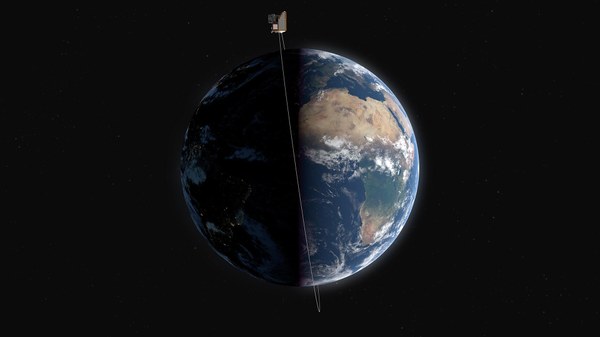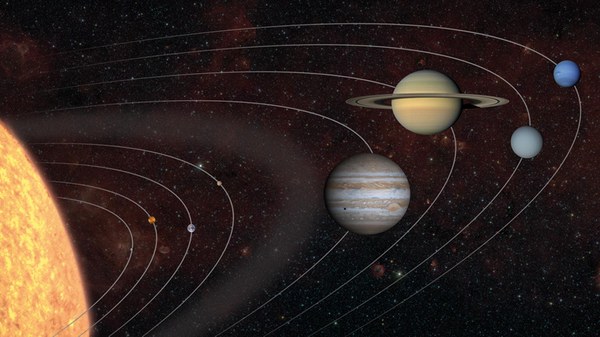The space telescope CHEOPS
CHEOPS orbits the Earth from pole to pole at an altitude of around 700 kilometres, measuring the tiny changes in the brightness of a star as a planet passes in front of it, known as a transit. This makes it possible to determine the radius of an extrasolar planet. The more accurately both the radius and the mass are known, the more precisely its average density can be determined. This is an important parameter for characterising exoplanets. The planetary systems observed by CHEOPS were discovered using other telescopes, for example the NGTS telescope system in Chile or NASA's TESS space telescope. Thanks to its precise measurements, CHEOPS has found even more planets in many of these systems.
CHEOPS mainly observes exoplanets ranging from about the size of the Earth to the size of Neptune with diameters ranging from ten to 50,000 kilometres. An interesting aspect is whether the planets have a solid surface or consist mainly of gases.
The German Aerospace Center (DLR) is involved in the scientific analysis of the CHEOPS data. The DLR Institutes of Optical Sensor Systems and Planetary Research in Berlin contributed two electronic modules, including the heart of the satellite, the focal plane module, whose thermo-mechanical stability makes the high-precision measurements possible.






